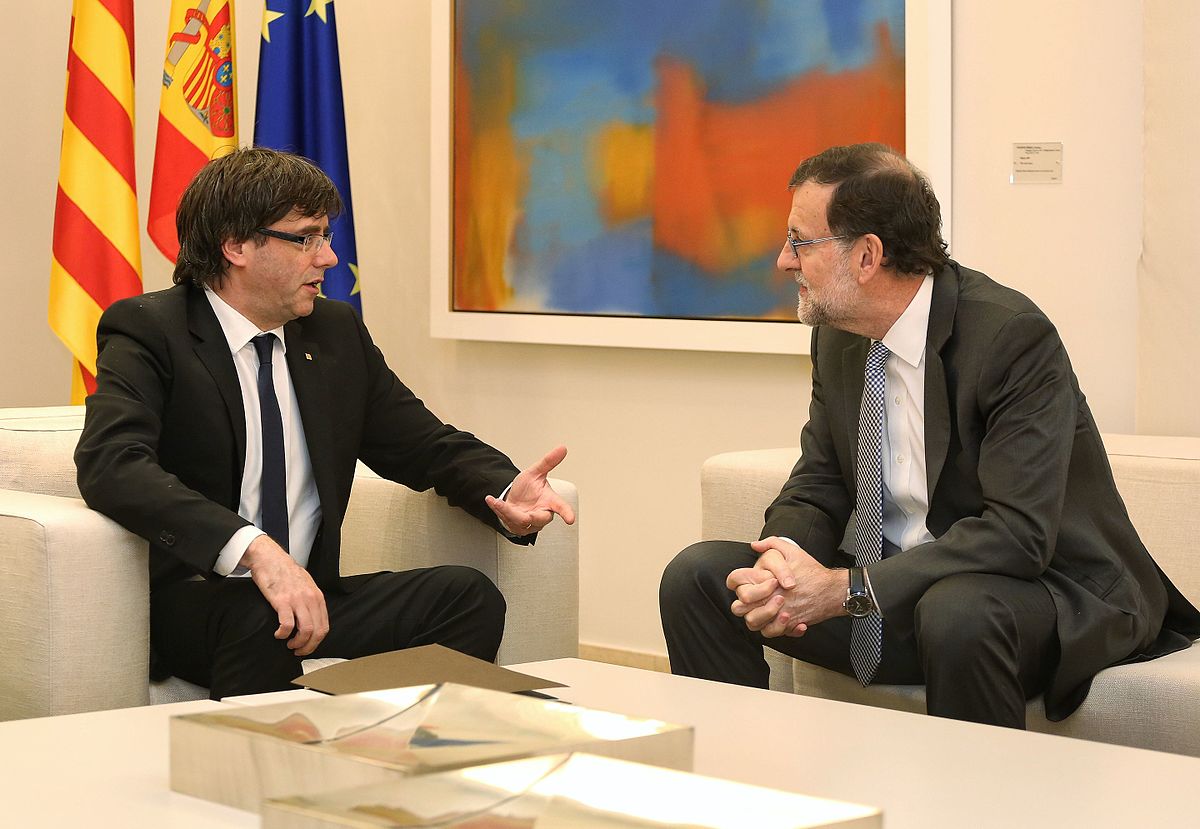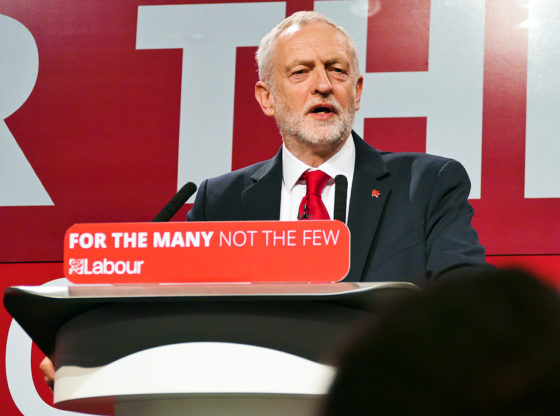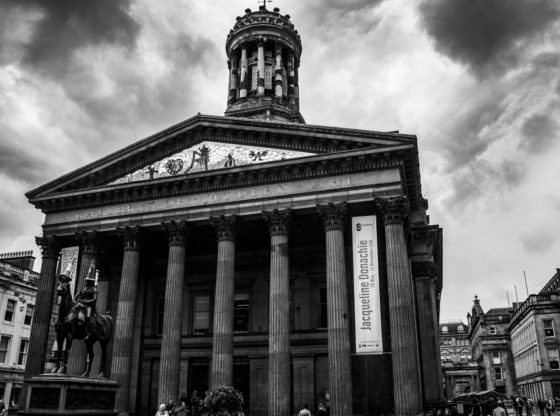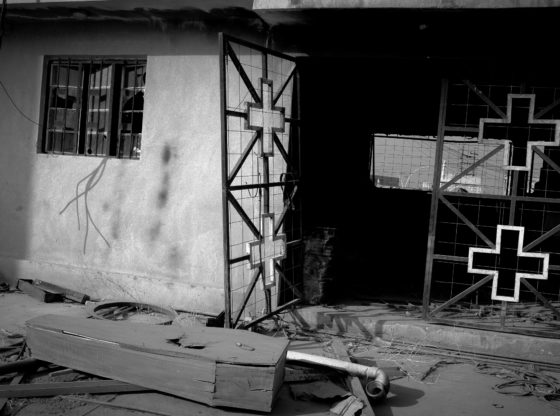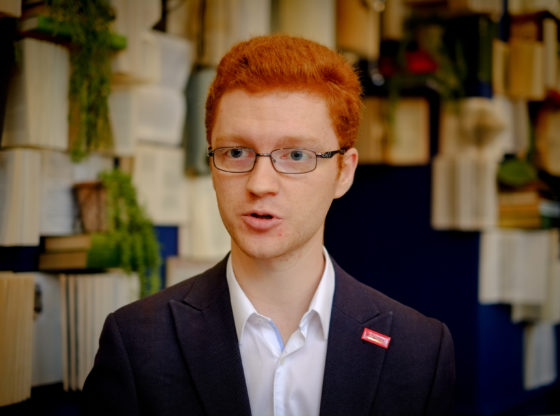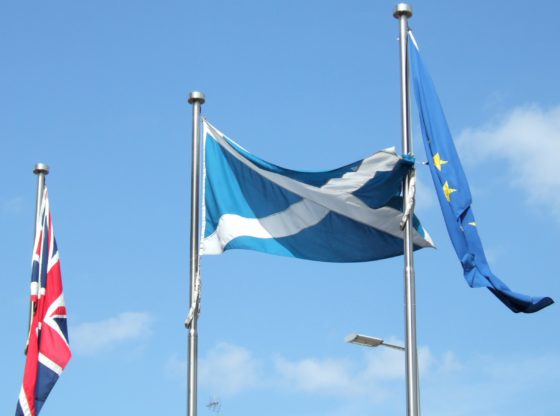As Catalonia’s constitutional future continues to hang in the balance, Max Graham traces the major events and dynamics which have led to the current stalemate.
The head of the Catalan government stepped out onto the balcony of the Generalitat, the Catalan parliament, to proclaim “a Catalan state within a Spanish federal republic”. The next morning, he was arrested, tried, and imprisoned by the Spanish authorities. This was back in in 1934. It demonstrates why, in order to understand the current state of affairs in Catalonia, it is necessary to return to the pre-Franco era from where the roots of modern Catalan nationalism grew.
In the short lifetime of the Second Republic (1931-1939), Catalonia benefited from significant political autonomy, something which was always viewed as a threat to Spanish cohesion by Castilian conservatives in Madrid. Castile formed the historical ‘core’ of Spain, gradually incorporating its neighbouring kingdoms, and has been at pains for centuries to suppress any forces which might weaken the Spanish state.
Catalonia was one of the last bastions of the Republic during the Spanish Civil War, which ended in 1939 with the victory of Franco’s Nationalist forces. The unity and indivisibility of the Spanish state were cornerstones of Franco’s fascist regime. Franco sought to foster a monolithic, homogeneous Spain which required the suppression and dilution of localised cultures. In Catalonia’s case, this entailed primarily the prohibition of the Catalan language and the abolition of Catalan governing institutions and bodies.
Spain’s Constitution of 1978 was ratified by 95 percent of Catalans, a level of support only exceeded by the Canary Islands.
Now, 42 years later, Spain is a constitutional liberal democracy. Catalonia once more enjoys self-governing autonomy and its language is promoted and protected. Spain’s Constitution of 1978 was ratified by 95 percent of Catalans, a level of support only exceeded by the Canary Islands. So why now do up to half of Catalans regard that constitution, and the state which embodies it, as illegitimate and irredeemable?
KEY EVENTS
First, the events of the Spanish Civil War and its aftermath now form part of Catalonia’s collective memory – some Catalans are old enough to remember personally the brutal repression suffered by many under Franco. While such repression was by no means limited to Catalonia, these memories have come to form part of the Catalan national story. Once embedded in the public psyche, such powerful narratives are very difficult to expunge; indeed, it may help the cause of the Catalan independence movement to ensure that these memories remain vivid. But whilst this is a deep well for Catalan nationalists to draw upon, it can only go so far in harvesting support for independence. Two further catalysts have served to expand that support in recent years.
The first of these was the rejection in 2010 by Spain’s Constitutional Court of the Statute of Autonomy for Catalonia which had been set to secure the political powers of the Generalitat - Catalonia’s government. In 2006 Catalonia, like the Basque Country, attempted to legally protect its powers of autonomy through the political process, fearing that the changing composition of the Spanish parliament, the Congress of Deputies, could jeopardise Catalan self-government.
But this attempt was deemed unconstitutional. Article 2 of the Spanish constitution iterates the “indissoluble unity of the Spanish nation,” a clause added as an assurance to placate the powerful Francoist faction whose cooperation was essential to the successful establishment of a democratic Spanish state.
Agreement on the reform of the Generalitat’s powers was a process fraught with political difficulties in the Catalan parliament, but eventually parties bridged ideological divides to reach agreement. The Spanish Congress, whose assent was required to implement the reform, subsequently approved the Statute – albeit with significant amendments – in the face of fierce resistance from the conservative People’s Party (PP) which was then in opposition.
The Statute was approved in a referendum in Catalonia by 78 percent of voters in 2006. Four years later, the PP contested the constitutionality of the reform and while the Spanish Constitutional Court unanimously upheld most of the Statute, it did amend some articles. Crucially, these amendments defeated the entire purpose of the reform – namely, to grant legal protections and autonomy to Catalan institutions within the Spanish state.
This shift provoked outrage in Catalonia, exacerbated by the fact that other comunidades autónomas (autonomous communities) were granted similar statutes without such amendments. The PP didn’t know it then, but in mounting such staunch opposition to the Statute, it was creating a very large rod for its own back.
FINANCES
The second catalyst to support for Catalan independence was the economic crisis in Spain which followed the global financial crash, and which began to bite in 2010. Support for independence at this time hovered around the 30 percent mark.
However, the regime of fiscal austerity imposed by the government in Madrid following IMF and EU bailouts, combined with the Constitutional Court’s decision, put rockets under the independence movement. Many Catalans grew deeply resentful of the central government – which was led the PP from 2011 onwards under Prime Minister Mariano Rajoy – which they viewed as using Catalonia as a tax farm to subsidise other parts of Spain.
In 2012, the conservative nationalist party won the snap election called in Catalonia, and attempted to strike a new financial settlement with the Spanish government. This was an opportunity for the PP to curtail separatist sentiment, but that old conservative instinct, suspicious of any Catalan motives, proved too strong and Rajoy refused to negotiate a new tax revenue redistribution plan.
The failure of this attempt led to the coalescence of various Catalan political factions around the objective of a consultative referendum on independence. Around this time, in a widely-mocked promotional video aimed ostensibly at corralling support for the PP in Catalonia, Prime Minister Mariano Rajoy made an absurd appearance in which he stated: “I like Catalonia. I like its people. Their open character, their hard-working nature. They’re entrepreneurs, they make things, they export, they create jobs. I like Catalonia.” Meanwhile, some polls showed support for independence reaching previously unseen highs of 57 percent.
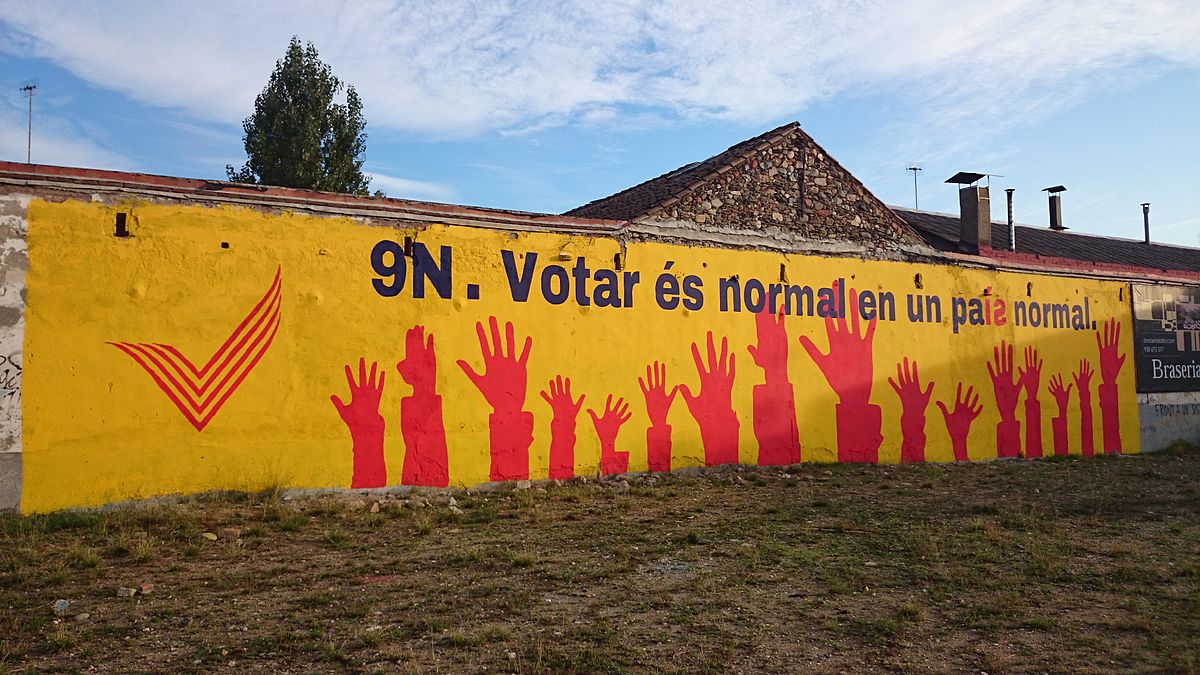
In 2014, the Congress of Deputies in Madrid overwhelmingly rejected the Catalan parliament’s request for a referendum, citing constitutional and legal limitations, in the face of massive demonstrations in Catalonia in favour.
The Catalan parliament then attempted to use different wording (‘a popular consultation’) to hold a vote within constitutional constraints. This, too, was blocked by the Spanish government and ruled unconstitutional. The Catalan government formally accepted this decision, but pressed ahead regardless with an unofficial consultation which was held on 9 November 2014.
More than 80 percent of Catalans voted for independence – but on a turnout of just under 40 percent. Had Madrid shown more flexibility and endorsed this consultation – as it has done for local consultations in the past – it is very likely that on a higher turnout, the independence proposition would have been defeated. As it was, those opposed to independence boycotted the referendum, wishing to avoid conferring legitimacy on the poll. Generally, the decision to boycott is also reflective of the inclination of those against independence to recognise the authority of the Spanish government and courts over Catalan institutions.
Following this vote, the Catalan government’s next step was to call a snap election, which took place in September 2015. Catalonia’s pro-independence parties presented this as a plebiscite on independence, although in legal terms it remained a regular vote. The two major nationalist parties came together as an electoral coalition - Junts Pel Sí (Together For Yes) - resolving to declare independence if they won a majority of seats.
In the event, Junts Pel Sí, along with a third separatist party, the CUP, did indeed win a narrow majority of seats, although with only a combined 48 percent share of the vote. Without a clear mandate for secession, the nationalist parties opted not to declare independence, but instead began el procés of ‘decoupling’ Catalonia from the rest of Spain, by legislating to set up separate institutions and bodies such as tax agencies, a postal service, and a central bank.
REFERENDUM
With all legal and constitutional means for Catalans to express their opinion on independence exhausted, this somewhat nebulous process culminated in the Catalan parliament legislating for a referendum on 1 October this year. Predictably, this referendum was blocked by the Spanish government and ruled unconstitutional by the Spanish courts. This time, however, the Catalan parliament rejected these decisions and moved to press ahead with the referendum anyway.
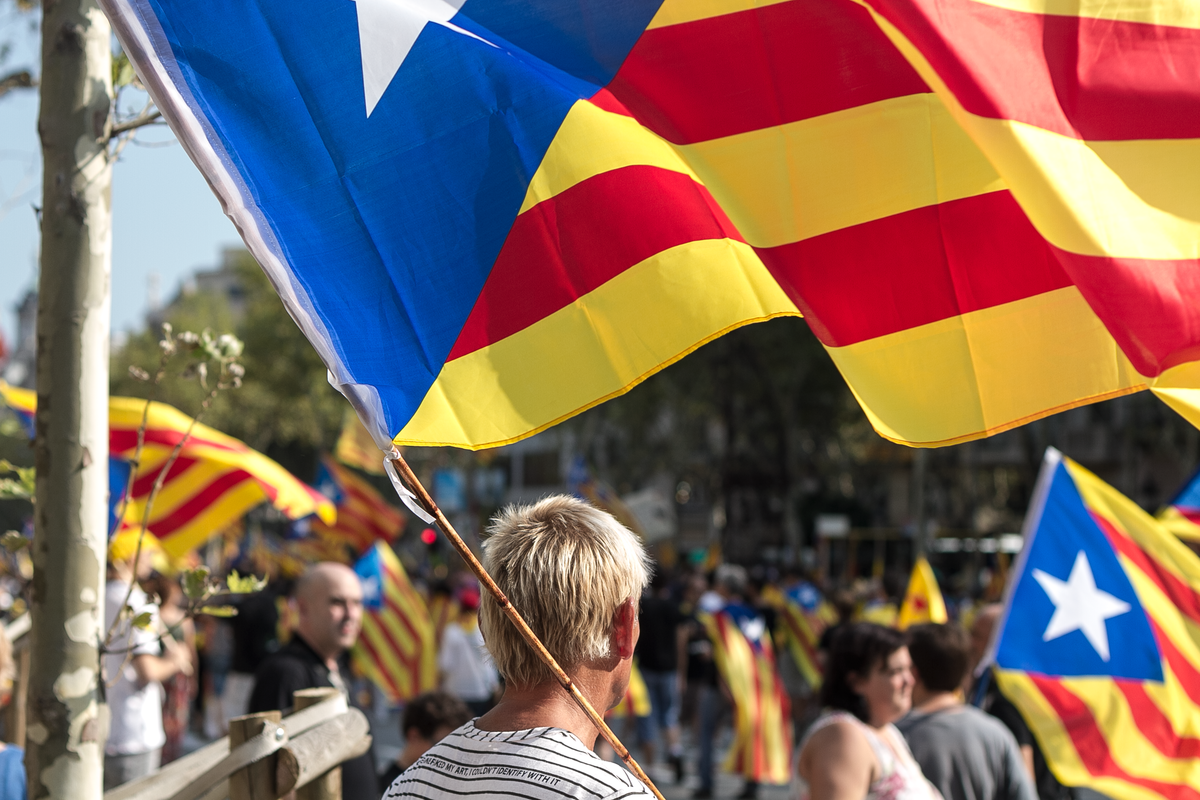
The outcome of the referendum had a familiar ring. The ‘Yes’ side achieved 90 percent of the vote – but on a turnout of just 43 percent. Following the vote - deemed illegal by the Spanish government - widespread police brutality against civilians, a unilateral declaration of independence, the suspension of Catalan autonomy, and the dismissal of the Catalan government, the rift in Catalan society (and in Spanish society more widely) is now greater than ever.
Had the Spanish government shown more flexibility, the Catalan nationalist parties would not have been backed into a corner. In opinion polls, when an option for greater autonomy – short of actual independence – is included, it consistently gains a plurality of support.
It is difficult to depict with any accuracy how things might have turned out differently. Had the Spanish government shown more flexibility, the Catalan nationalist parties would not have been backed into a corner. In opinion polls, when an option for greater autonomy – short of actual independence – is included, it consistently gains a plurality of support. It is reasonable to surmise therefore that a renewed Statute of Autonomy would have placated many Catalans who now either openly support independence, or who see it as the only attractive option moving forward. This offer is not now on the table but even if it were, it is unlikely that it would blunt the desire of those who favour Catalan independence.
A lack of political imagination, combined with a very restrictive interpretation of the Spanish constitution, is chiefly to blame for the current state of affairs. Every opportunity to de-escalate the situation over the past few years has been squandered by Madrid. Until now, the Spanish government has sought to resolve the crisis through legal means alone. However, the Catalan crisis is fundamentally a political problem which will require some kind of meaningful political solution.
It remains to be seen whether the election that Prime Minister Rajoy has called for on 21 December in Catalonia will help ease the current tensions. Going to the polls in recent years has only served to deepen divisions. It is worth noting one final thing: the last time a Catalan president was arrested and imprisoned for ‘rebellion’, a brutal civil war broke out two years later. For many in Spain, the echoes of these events in today’s crisis are all too clear.
Max Graham is a graduate of the University of St Andrews and has just completed a year of postgraduate study at Emory University in Atlanta. He has previously interned with the European Union and the Carter Center. He can be found on Twitter at @maxjgraham
Feature image: President Carles Puigdemont and Prime Minister Mariano Rajoy meet for discussion in 2016. Image: Generalitat de Catalunya [CC]

